Picture this: a city where the streets are alive with the bustling energy of people, not the stagnant clutter of parked cars. Where sustainable transport is the norm, and private automobiles have taken a back seat while cyclists and pedestrians sit up front.
This isn’t part of a far-fetched utopia, but is a reality occurring all over the world today. In this video, we’re giving you our top pick of the 6 cities that have dared to break free from the chains of on-street parking.
We’ll see some inspiring transformations, as well as the incredible benefits that come from them, and find out what it’s really like to live in a place that puts people before cars.
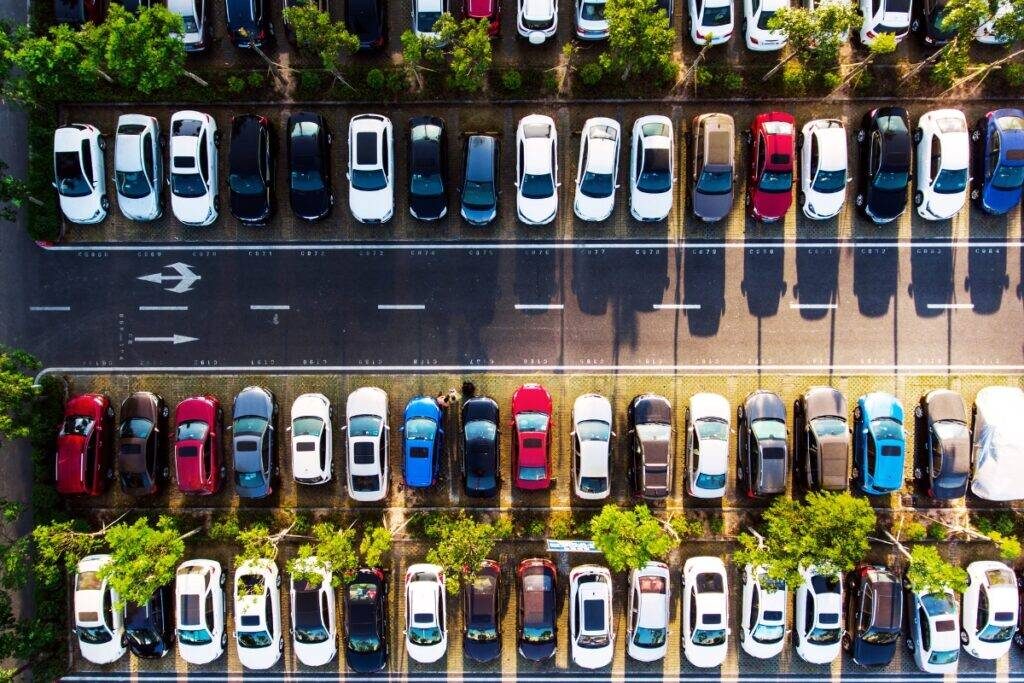
What’s the Problem with On-Street Parking?
There are probably a few of you wondering, what’s the problem with on-street parking, and why is it something that needs to be addressed at all.
Here are just a few top reasons why on-street parking is bad, and why removing or replacing it can have enormous benefits.
1. Congestion
Firstly, on-street parking contributes significantly to congestion. In The High Cost of Free Parking, Donald Shoup outlines the problems with Cruising for Parking, or in other words, looking for a free on-street parking space.
This time that people spend driving to look for a space contributes not only, as you’d expect, to pollution, but to congestion too. In a 1995 NYC study, it was concluded that the average time drivers took to find a curb space was up to 10.6 minutes.
According to their research, this cruising created about 8% of the total vehicle miles travelled in west Midtown. In other words, almost 10% of cars weren’t going anywhere, they were just looking for somewhere to park!
2. Space
Parking spaces have a huge footprint. In London, for example, on-street parking takes up 14km squared, or the equivalent of 10 Hyde Parks.
This is a hugely inefficient use of space, especially considering that the average car is parked around 95% of the time.
How about converting these spaces into something greener by planting trees, or boosting business activity by introducing on-street seating areas for restaurants? Even better, why not a protected bike lane for sustainable cyclists?
3. They’re Ugly
Let’s face it, on-street parking is an eyesore!
Don’t believe us? Look at Japan. It isn’t just that Toykos streets are pleasant to walk on and enjoy, it’s that you can actually see them!
In fact, according to HeatMap, 95% of the city streets have no on-street parking at all, which could explain some of the romantic imagery we conjure when we think about the city.
So we know some of the benefits, but what cities are paving the way when it comes to getting rid of on-street parking?
6 Cities That Ditched On-Street Parking
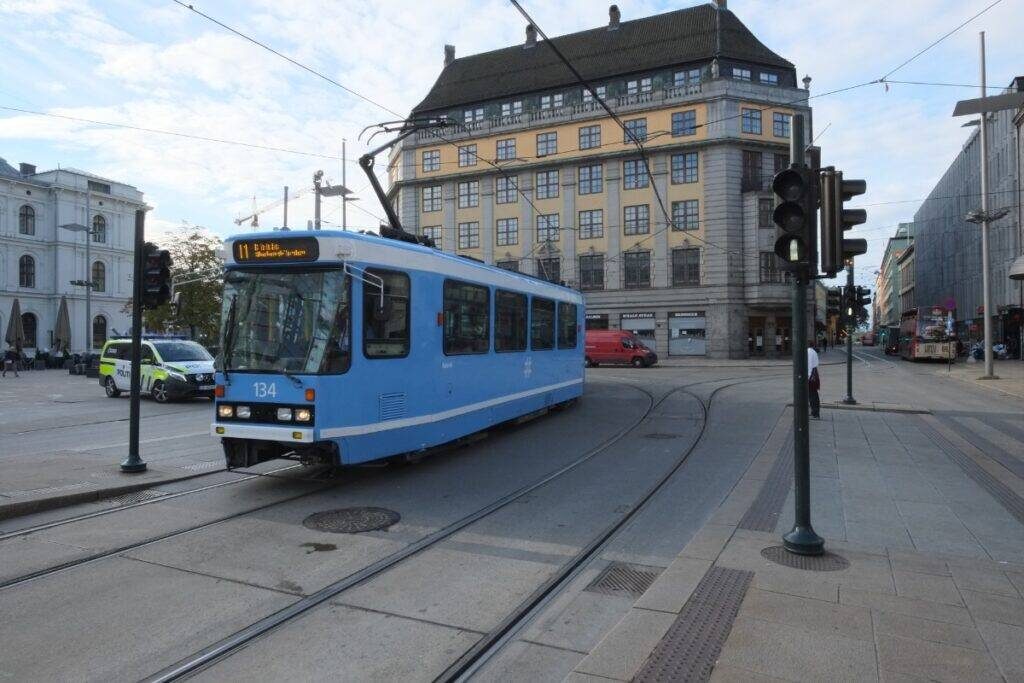
1. Oslo
In an article for Fast Company, Adele Peters notes that ‘if you’re planning on driving in downtown Oslo, you won’t be parking on the street‘. And she’s not wrong.
At the beginning of 2019, the city finished removing another 700 parking spaces. The result? The city centre is almost car-free, save for emergency vehicles and a few other exceptions.
According to Axel Bentsen, CEO of Urban Sharing, you can really feel the benefits. It isn’t just that the streets feel tidier and calmer, but that the air quality has noticeably improved.
Of course, this couldn’t have been made possible without the significant improvements to public transport, as well as the investment in bike infrastructure. But, the transformation of Oslo has proven that even when cities are built for cars, that’s no excuse for them to stay that way.
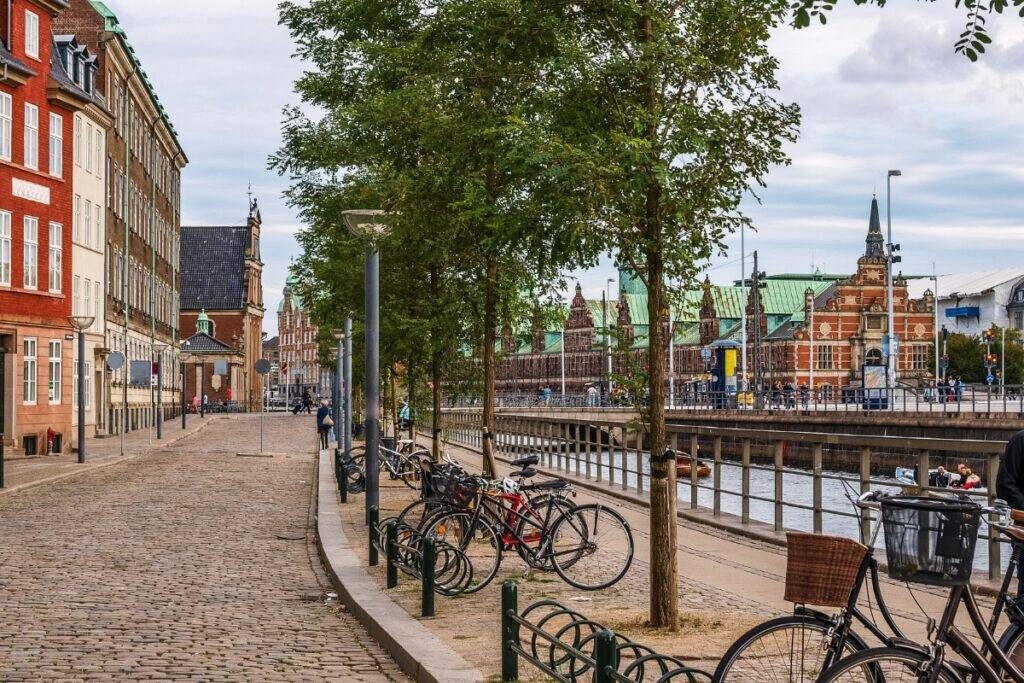
2. Copenhagen
Frequently voted as the world’s most cycle-friendly city, the capital of Denmark is seen by many as a cycling utopia.
One key contributor to this reputation is the removal of parking spaces in the centre. In 2021, the city launched five urban space experiments to reduce congestion, including the removal of 66 parking spaces from the so-called ‘Medieval City‘.
It proved to be such a success that as of 2023, a plan has been adopted to remove 600 of the remaining 1,050 public parking spaces in the area.
Pedestrians have been prioritised, cyclists have space, and trees and benches are filling up the gaps left behind.
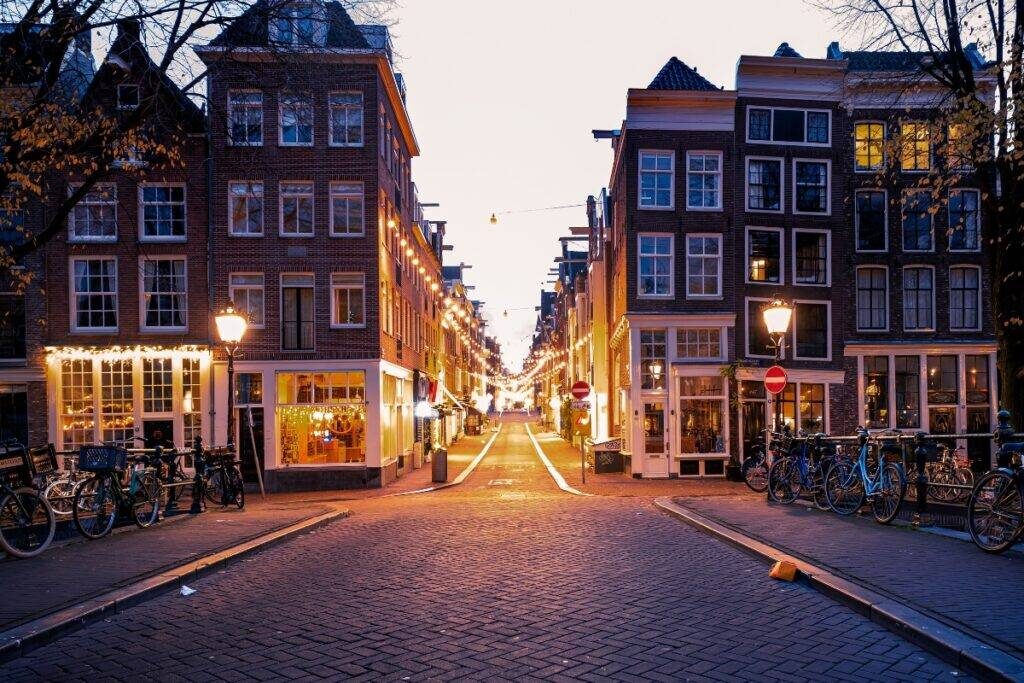
3. Amsterdam
Amsterdam takes its reputation as the bike capital seriously.
Since 2019, it’s been systematically removing on-street parking in its centre. The Dutch Capital is known for its tight, bustling, and sometimes chaotic streets, but the local government has foreseen that gradually removing parking spaces will give everyone a little more room to breathe.
It does make a lot of sense. In a city where only 22% of journeys take place by car, why should cars have so much space? Especially when there’s such a desperate shortage of suitable places to lock your bike!
Amsterdam’s approach is a gradual one, and rather than stripping people of the right to park, the city will avoid reissuing permits for the reduced number of designated parking spaces, generally making it less desirable to drive.
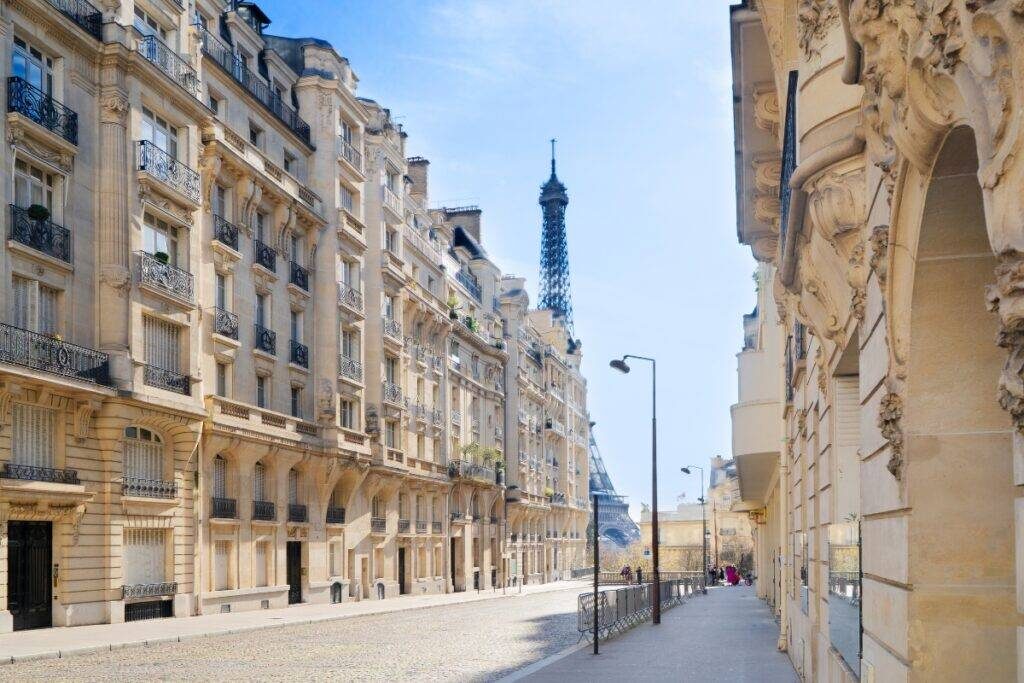
4. Paris
Once renowned for its appalling levels of congestion, the city of love has gone to great lengths to redefine itself.
According to Park4Sump, there’s been an explosion in the number of active cyclists in the city as more and more people trade in 4 wheels for 2. And it’s no wonder. In 2020, Paris removed 70,000 parking spaces to make the city greener. It seems logical that as the number of available spaces falls, so does car ownership in the capital.
Continuing this initial push for improved mobility, the cut will continue, and by the end of 2024, Mayor Hidalgo wants to remove up to 72% of all on-street parking spots. The regained space will be largely repurposed to create more room for cyclists, promoting the ‘15 minute city’.
Cyclists are becoming visible in the city, and cycling itself, thanks to progressive policymaking, is becoming both more viable and more appealing.
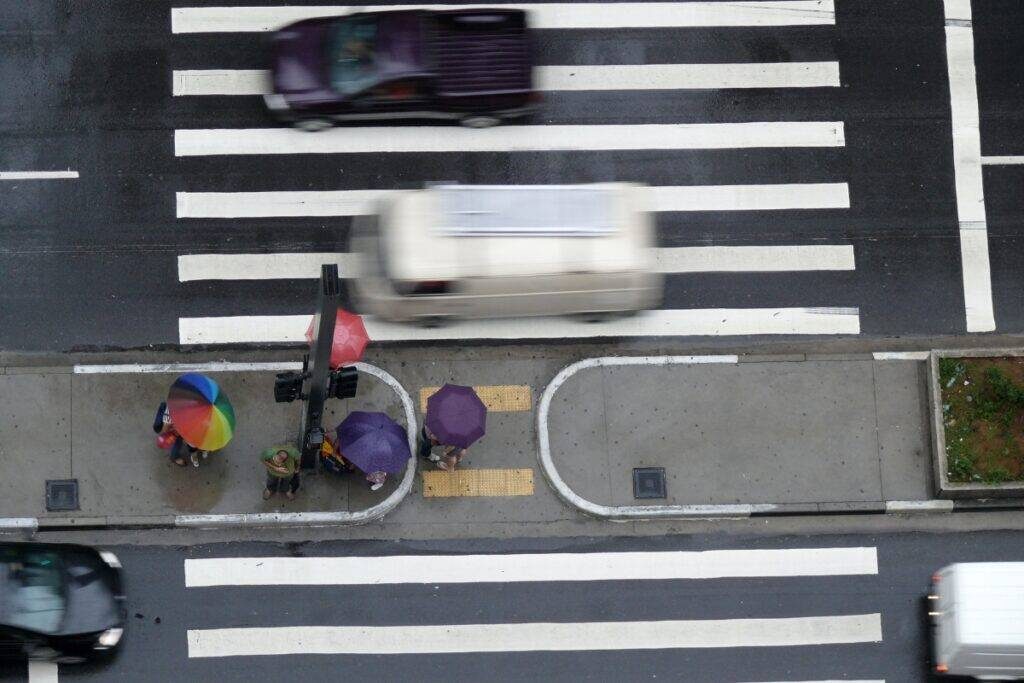
5. São Paulo
In a city of over 12 million people, what’s the best way to discourage driving? It turns out, São Paulo might have an answer.
With strong support, in 2014 São Paulo removed so-called ‘parking minimums’ and replaced them with maximums citywide. For those who don’t know, a parking minimum is a requirement for a developer to provide a ‘minimum’ number of parking spaces per new development.
In many cities, particularly in the USA, it’s had historically negative consequences, notably an overabundance of parking spots, both on and off-street, and a colossal waste of space.
On the other hand, the introduction of parking maximums in São Paulo has helped to drastically improve the traffic situation in the city, especially in areas close to transit corridors.
Discouraging the construction of parking spaces is an excellent deterrent to the use of cars. As we’ve seen in other cities, the harder it is to park, the less likely you are to drive, and the more likely you are to choose an alternative mode of transport.

6. Toronto
The COVID-19 pandemic ignited some significant changes across the world, especially when it comes to the redistribution of road space.
Toronto used this opportunity to initiate its ActiveTO and CafeTO programs that brought about temporary bike lanes, as well as outdoor dining spaces for restaurants and cafes. This was achieved by repurposing space that was previously designated for cars in the form of a vehicle lane or on-street parking.
These once-temporary spaces have proved to be enormously successful, and what were ambitious pilot projects have come to life permanently. Sure, there was some initial scepticism, but as Ron Johnson outlines in his analysis for Momentum Mag, as time passes, these critiques seem increasingly outdated.
It’s easy to forget how quickly people can adapt. At the current rate of change, it’s conceivable that within our lifetimes, driving and parking in the city centre will be a thing of the past. Now who wouldn’t look forward to that?
The post 6 Cities That DITCHED On-Street Parking (and Never Looked Back) appeared first on Discerning Cyclist.
